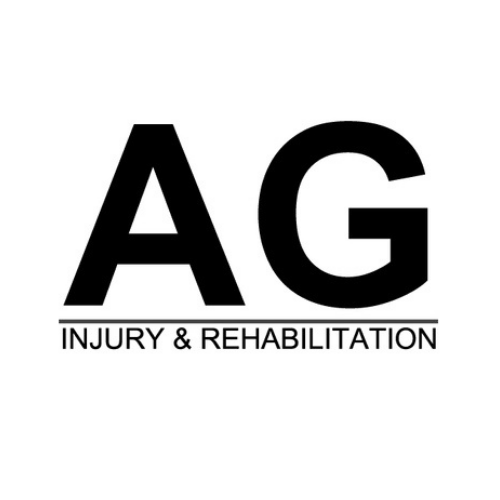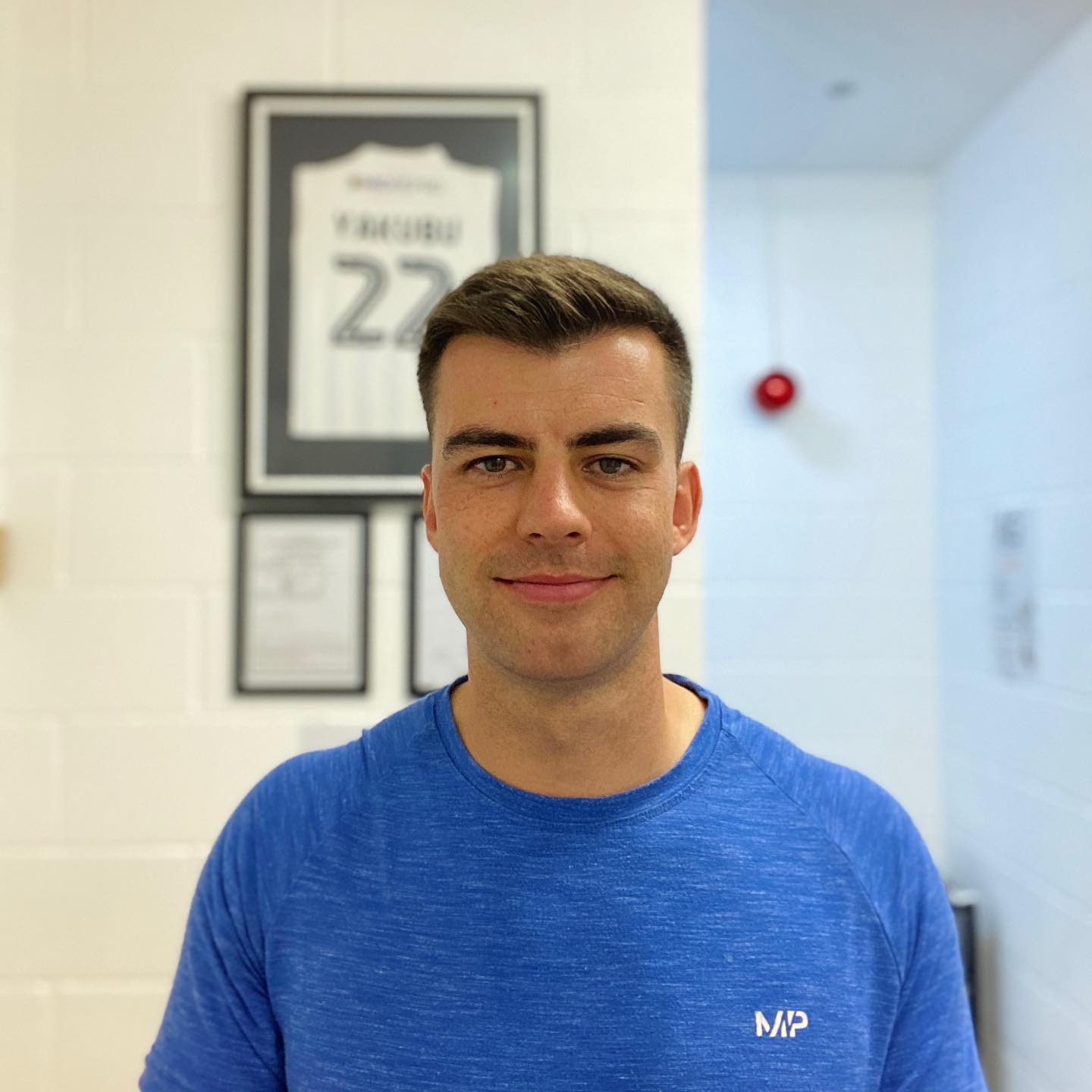Every stride a runner takes involves the powerful gluteal muscles firing in precise coordination. Yet for many athletes, this seemingly simple movement can become a source of frustrating pain when glute tendinopathy develops - a condition affecting up to 25% of runners at some point in their careers.
The outer hip pain that characterizes this condition isn't just a nuisance; it's a warning sign that demands attention. Understanding glute tendinopathy - from its sneaky onset to proven recovery strategies - can mean the difference between hanging up your running shoes and getting back to the trails stronger than before.
Understanding Glute Tendinopathy
Gluteal tendinopathy occurs when the gluteal tendons become irritated or start to break down. These tendons connect your gluteus medius and minimus muscles to the greater trochanter, the bony point on the outside of your hip. For runners, this condition can make training sessions difficult and impact daily activities.
The main triggers include running too much without proper rest periods and sudden increases in training volume. Poor running form, particularly a dropping hip during stride or crossing feet over the midline while running, puts extra stress on these tendons.
Common signs include pain over the outer hip bone that often gets worse after running sessions, especially following longer or faster runs. You might feel tenderness when pressing on the area, and pain may spread down the outside of your thigh. Many runners notice stiffness in the morning that gets better as they move around during the day.
Causes and Symptoms
Overtraining stands as a primary cause of glute tendinopathy in runners. Going too far or too fast without giving your body enough recovery time puts excessive strain on the gluteal tendons. Poor running mechanics, like letting your hip drop during each stride or crossing your feet over your body's center line while running, can worsen the condition.
The most telling sign is a sharp pain on the outside of your hip that flares up during or after your runs. Many runners report increased discomfort after speed work or long-distance training. You might feel tender spots when touching the area around your hip bone, and the pain often travels down the side of your thigh.
Watch for warning signs like pain that doesn't go away after a few days of rest, difficulty climbing stairs, or discomfort when lying on your side. These symptoms suggest it's time to check your running form and possibly adjust your training schedule.
Prevention Strategies for Runners
A proper warm-up primes your body for running. Start with 5-10 minutes of light jogging, followed by leg swings and hip circles. After your run, take time to cool down with gentle stretches targeting your hip muscles.
Build strength in your gluteal muscles through targeted exercises. Side-lying leg raises, bridges, and clamshells work well. Start with 2-3 sets of 10-15 repetitions, adding resistance bands as you get stronger. Mix in hip stretches like figure-four and pigeon poses to keep your muscles flexible.
Pay attention to your running form. Keep your hips level and avoid letting them drop to one side. Your feet should land under your body, not crossing over an imaginary center line. Consider recording yourself running to spot any form issues.
Build your running volume slowly. Follow the 10% rule - don't increase your weekly mileage by more than 10%. This gives your body time to adapt and reduces strain on your tendons. This gives your body time to adapt and reduces strain on your gluteal tendons.
Treatment Options
Rest plays a key role in early recovery from glute tendinopathy. Cut back on running and switch to low-impact activities like swimming or cycling. This helps reduce stress on the affected tendons while maintaining fitness.
Physical therapy forms the backbone of treatment. Start with gentle exercises like isometric holds, where you contract your glute muscles without movement. Progress to exercises like bridges and side-stepping with resistance bands as pain allows. These movements help rebuild tendon strength and improve muscle function.
Manual therapy and soft tissue massage can help ease pain and improve movement. A physical therapist might use hands-on techniques to work on tight muscles around your hip. Applying ice for 15-20 minutes after activity helps reduce pain, while heat before exercise can increase blood flow and flexibility.
For cases that don't respond to conservative treatment, doctors might suggest corticosteroid injections. These shots can provide temporary pain relief, giving you a window to work on strengthening exercises.
Recovery and Management for Runners
Getting back to running requires a step-by-step approach. Start with short walks, then progress to walk-run intervals. Begin with 1-minute running segments mixed with 2-minute walking breaks. Add 1 minute to your running intervals each week if pain stays low.
While healing, stay fit through low-impact activities. Swimming, cycling, and elliptical training keep your cardiovascular system strong without stressing your gluteal tendons. Water running offers a great way to maintain running form without the impact.
Your shoes and running surface matter. Pick running shoes that support your foot type and replace them every 400-500 miles. Start on softer surfaces like tracks or grass paths when returning to running. Avoid running on slanted surfaces that can put uneven stress on your hips.
Consider getting a gait analysis at a running specialty store. This can help identify if your current shoes match your running style and mechanics.
Long-term Management and Prevention of Recurrence
Maintaining strong gluteal muscles remains essential after recovery. Add strength training to your weekly routine with exercises like single-leg bridges, side planks with leg lifts, and band walks. Perform these exercises 2-3 times per week, focusing on proper form over heavy weights.
Check your body's signals regularly. Note any hip discomfort during or after runs, particularly on longer training days. Watch for signs of fatigue in your running form, especially toward the end of workouts. If you spot early warning signs, adjust your training load before small issues become bigger problems.
Smart training planning helps prevent signs of fibromyalgia from returning. Space out your hard workouts with recovery days. Include rest weeks every 4-6 weeks where you reduce your mileage by 40-50%. Mix up your running surfaces and routes to avoid repetitive stress on your tendons. When starting new training blocks, build intensity slowly over several weeks.
Seeking Professional Help
While mild cases of gluteal tendinopathy often respond to self-care, certain signs indicate you should see a healthcare provider. Contact a physical therapist or doctor if your hip pain lasts more than two weeks despite reducing your running volume and trying basic stretches.
Other warning signs include pain that wakes you at night, difficulty walking up stairs, or limping during daily activities. If your running performance keeps declining or you can't complete your usual routes without stopping, it's time for professional evaluation.
A physical therapist can assess your running mechanics, test your muscle strength, and check your hip mobility. They'll create a targeted treatment plan that might include manual therapy, specific exercises, and guidance on returning to running safely. Some runners benefit from seeing a sports medicine doctor, especially if conservative treatment hasn't helped after 4-6 weeks. They can order imaging tests if needed and discuss additional treatment options like platelet-rich plasma therapy.
Inspiring Success Stories
Sarah Chen, a marathon runner from Boston, thought her running days were over when gluteal tendinopathy symptoms struck during her peak training season. "The pain made even walking difficult," she recalls. Through a mix of targeted exercises and gradual return to running, she finished her marathon six months later, setting a personal record.
Another success story comes from Mike Torres, a trail runner who battled hip pain for two years. His recovery centered on strength training and gait retraining. "I learned to activate my glutes properly during runs," he says. Today, he competes in ultra-marathons pain-free.
Local running coach Lisa Martinez modified her training approach after experiencing gluteal tendinopathy. She incorporated cross-training and hip-strengthening exercises into her routine. "Now I help other runners prevent and manage this condition," she explains. Her running group members follow her prevention program, reporting fewer hip issues overall.
These runners share common success factors: patience during recovery, commitment to proper form, and consistent strength training. Their stories show that with proper management, runners can return to their favorite activity stronger than before.
The Road Forward with Glute Tendinopathy
Living with glute tendinopathy doesn't mean giving up on your running dreams. With proper attention to training habits, running mechanics, and recovery protocols, most runners can return to their preferred mileage while staying pain-free. The key lies in patience and consistent application of prevention strategies.
Remember that every runner's journey with glute tendinopathy is unique. By combining the right mix of rest, rehabilitation, and gradual return to activity, you can overcome this challenge and potentially become an even stronger, more resilient athlete. The success stories of countless runners prove that this condition is a hurdle that can be cleared with the right approach.

